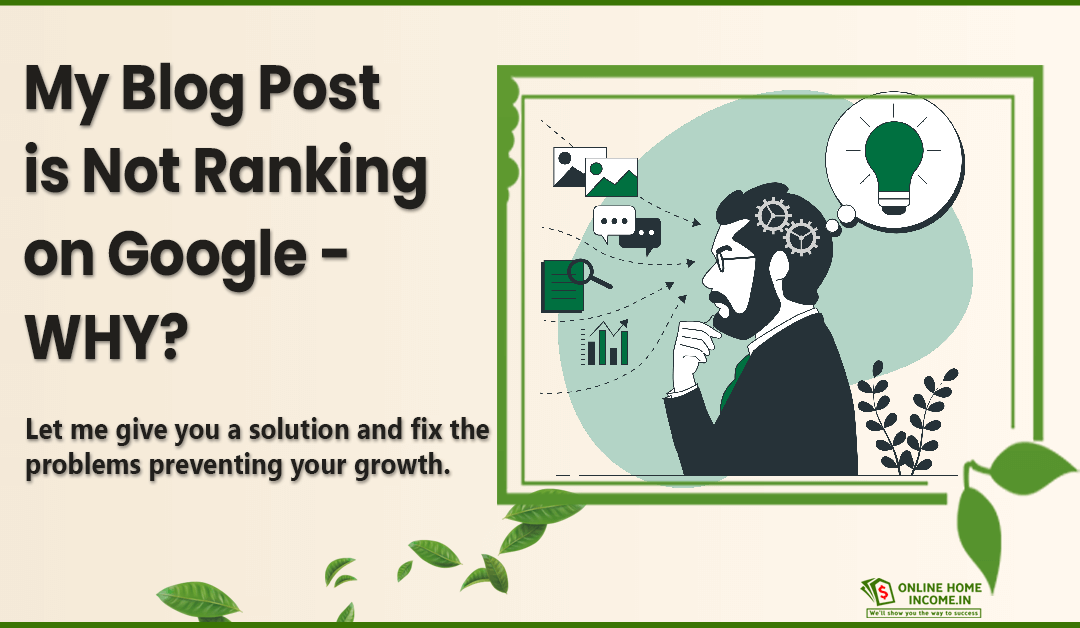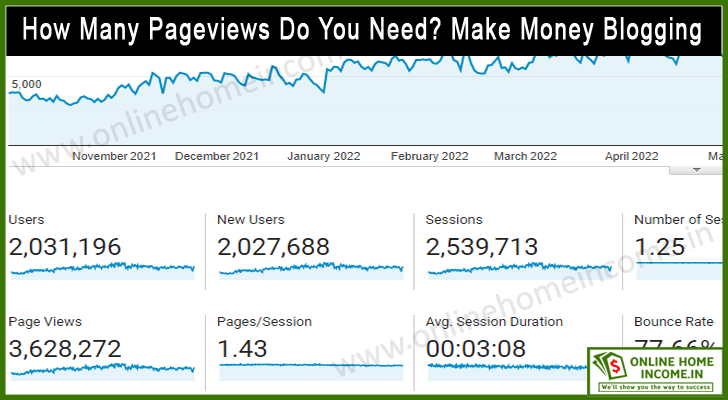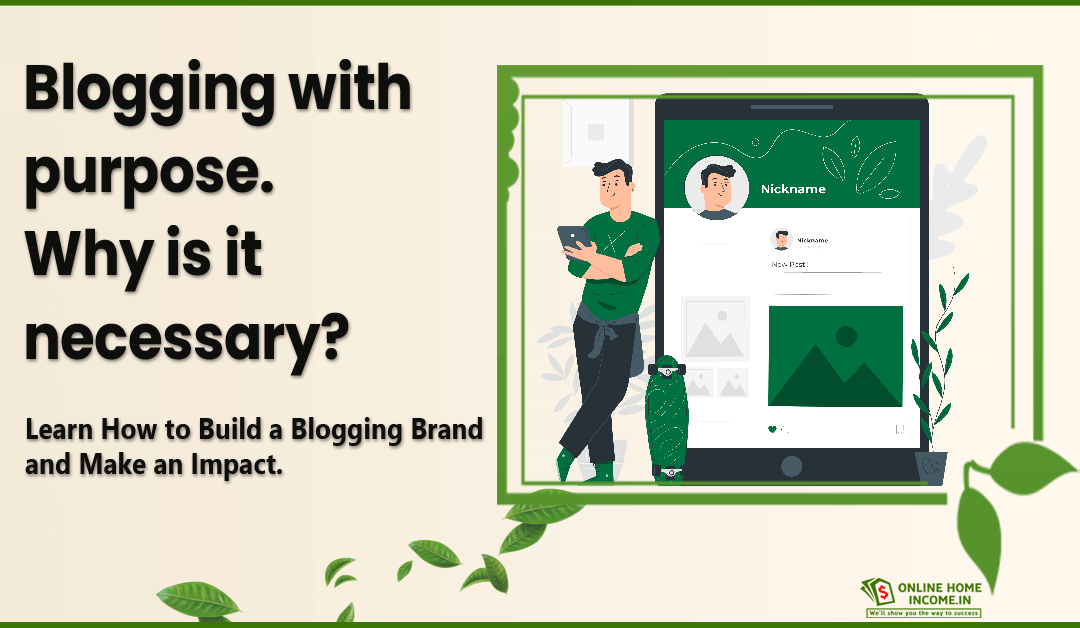Let me Teach You To Start Your Own Clothing Business, How Much Does it Cost, and All the Startup Procedures.
It is an amazing idea to start your own clothing business in India these days. Looking at the ever-growing population, one can easily deduce that the demand for attires would be tremendous in the years to come.
Whether you go for retail or wholesale business or even decide to use a sewing machine to make designer clothes, the scope is tremendous.
The Indian marketplace has a variety of buyers, and you can easily cater to the needs of the economy as well as the premium product category.
The million-dollar question is – how do you start your own clothing business?
This article focuses on the major aspects of starting your own clothing business in India.

The various steps included in this write-up would act as a handy guide for those of you aspiring to establish a business catering to the needs of the Indian market.
Additionally, the write-up also contains an FAQ section to answer most of the doubts and questions that you might have.
Major concerns like choosing the clothing product category, investment size, product range, the scope of a business, establishing a brand, supply chain, etc. have been covered in this article.
It is important to address these concerns in the initial phase so that you can start confidently and prosper with the least hiccups.
So, without much ado, let us quickly look at the various steps to starting your own clothing business.
1. Choose Your Product Category
One of the most amazing things about starting a clothing business in India is that you have a wide variety to choose from.
Product categories like kid’s wear, menswear, women’s apparel range, seasonal wear, innerwear, traditional wear, party wear, etc. are very popular in India.
You can either choose from these or maybe follow what is trending in your local market. It would help if you chose this wisely since this would become the basis of your entire business model.
2. Business Model: Manufacturing, Wholesale, or Retail?
Once you are done choosing your product category, you need to answer the next big question – whether you opt for a retail business or a wholesale business.

2.1. Manufacturing
Setting up a manufacturing clothing business requires technical and production expertise. Investment in machinery (like a sewing machine) and labor is vital.
Moreover, the important thing to remember is that you would require consistent orders to keep the setup running. The turnover in the manufacturing unit is done in high volumes.
2.2. Wholesale
Wholesale business means selling in bulk quantities to the retailers. The investment and stock requirements in this type of business are steep.
The profit margin is low, but the turnover is high. You will have to keep the proper staff to meet the constant demands of the retailers.
Also, maintaining proper stock levels is an important aspect of the wholesale business.
2.3. Retail
Retailers enjoy a high level of profit margin. However, they need to maintain stock levels to meet customer demands. Investment is required to set up a retail store or a shop.
Moreover, you might also need an expert hand at the sewing machine for minor alterations. However, with the advent of the internet marketplace, one can even set up a virtual store.
Lastly, the size of the store would help you determine the number of employees you would need to run the business.
3. Arrange Funds for Investment
Starting a clothing business requires a substantial investment, so you need to ensure that your finances are in place. Once you are done choosing the product category and type of clothing business, you need to arrange funds.
If you are planning to invest from your savings, then make sure that you plan for contingent expenses. The chances are that you would end up spending more than you estimated, and therefore, it is important to keep other sources handy.
You can get an overdraft limit from the bank for quick funds or maybe keep investors ready so that you commence your clothing business as planned.
Many clothing businesses fail in the initial stages because of improper financial planning.
Whether you plan your business to be self-financed or through bank loans, always make sure that you have ample capital in the early stages to ensure smooth workflow.
You will have to plan for shop rent, furniture, and fixtures, sewing machines, staff salaries, raw-material (for manufacturers, stock, maintenance expenses like electricity, and other things like taxes.
Take time to decide how much capital you would need to start the business and keep it running for the initial few months without worrying about the inflow.
It is wise to consider every aspect of the business that would require funding. Once you reach a final figure, arrange for the funds, and move to the next stage.
4. Registering Your Business
Whether to choose to go for manufacturing, wholesale, or retails, you must start the registration process of your business. In India, GST registration is compulsory for a certain businesses.
Moreover, if your annual turnover is above 40 Lacs INR, then you need to get GST registration. Check with your local tax consultant for the specific requirement and get registered as needed.
Besides, GST, other requirements depend on the type of your business. Several other important requirements are getting a professional tax certificate, Gumasta, etc. are also important.
Getting all the required licenses and certifications is important before you start your business.
These documents would also be required when you open a business bank account and hence must be taken care of before the onset of the business. It is wise to adhere to the local laws to prevent any future surprises.
5. Pick Your Location Wisely
Depending on the type of clothing business, you need to pick a location wisely. If it is manufacturing, then you need to find a place that is cost-effective and where you can find the workforce easily.
For wholesalers, it is important to set up their business in locations where the retailers and manufacturers are reachable. While for retailers or boutiques, it is important to find a place where there are a lot of footfalls.
It might be at a mall, commercial complex, marketplace, etc. Just make sure that you get a place that attracts higher walk-ins. Retail businesses are most likely to succeed if they have higher visibility and regular foot traffic.
6. Take the First Step – Start Small
Every big brand that you see today started with the first small step. Develop the courage to put your plan into action.
All the above points mentioned are a part of the research phase. But the hard work put into research would be of no use if you don’t put your plan into action.
Start with the financial aspect and use all your resources wisely. Whether it is using your personal finances, taking loans, or talking to the investors; this is the time to finalize everything.
Arrange the location of your set-up by finalizing the purchase of premises or making a lease agreement. Get your supply chain in order by contacting your suppliers and logistic partners.
Also, get the necessary licenses that you are required to start your operations. Once all these are done, you can move to the next step.
7. Study Your Competition
A smart business person always studies the competitor’s tactics. See what worked for them and decide if the same could be beneficial to you.
You might have to start from the basics by physically visiting their stores and checking out their display style and product range.
It would be wise if you could also find out what better options could your business provide to the consumers.
Check their business hours, location of their store, services, whether they use their own sewing machine to do alteration or outsource it, etc.
Make sure to understand what your competitors lack and improve it. You can make use of this analysis when starting your own clothing business.
Studying your successful competition would also give you a clear idea about how your clothing business could reach better heights.
You will better understand where you can have a competitive advantage against them.
8. Be Innovative, Have Burning Desire to Succeed, and Adapt Originality.

Start by creating a unique and distinctive name for your business and brand.
The clothing store in India is highly crowded, so your business must represent something innovative, and this should reflect in the name of your business.
Do not be stingy when it comes to decorating your store (if you opted for a retail segment). The clothing business is all about ambiance, service, and quality.
Your first step should be spending good time and money in making the interior and exterior of the store impressive.
Ensure that everything in the set-up appears appealing. Customers buy where they can see everything clearly and have proper space to move around.
So make sure that your set-up is arranged accordingly and it does not appear cluttered or untidy.
Also, if you are starting a clothing fabric business, make sure to keep a sewing machine as this would add the customer base for stitching the attires. It can also provide to be a decent parallel source of income.
Moreover, seasonal and celebration clothing should not be neglected. India is a place with numerous festivals and occasions.
Each of these events requires a distinct type of clothing. It would be best if you were prepared for each of these occasions and your stock should be based on it.
9. Find Suppliers and Fill Your Store (For Wholesales & Retailers)
Now that all the above things are taken care of, it’s time for action. Get in touch with your suppliers and start stocking.
Display the products as per your market study – concerning season, festival, occasion, etc. Your product range should clearly depict a wide variety of offerings you can present to your clientele.
An important thing to remember is that your shelves should neither appear empty nor too cluttered. Have a decent display arrangement.
It might be a good idea to keep more than one supplier for your stock. Nobody prefers losing a client on account of insufficient stock.
The best part about living in the 21st century is that you need not necessarily be present in the marketplace to make purchases. Most of the ordering is possible at online stores like eBay or Etsy.
However, if possible, do not forget to visit local trade fairs or exhibitions to make procurements.
Get in touch with suppliers that can meet your requirements. Trade shows are one of the best places to make such business contacts. You can check out the products physically and also deal directly with the suppliers.
10. What to Order and How Much?
It is important to give deep consideration to the amount of stock you would need. Do not forget to consider the replacement inventory for the items that sell.
You might have to consider popular products and seasonal ones too. These are the ones that help to increase turnover.
10.1. Price-Setting
This would be the perfect time to decide the selling price of each item. You will have to consider the mark-up you would need to keep.
Consider the logistics, salary, administration expenses, etc. before you put a tag on that product.
If you are going to offer stitching services, then ensure you set your prices for that too and also make sure that sewing machines and people working on it are visible.
Moreover, this would also be a good time to learn about effective pricing techniques that helps you to give discounts. It would be best if you also learned about discounts effectively.
11. Getting the Required Staff
Depending on the size of the business, you will have to hire staff to take care of tasks and delegate responsibilities.
People on a tight budget might want to omit this step for the time being. Hiring people requires you to have sufficient funds to pay salaries on time.
Once your business is financially stable, you should consider getting additional help. At that stage, you should think of this as an investment since more people can attend to multiple clients.
If you are planning to start your clothing business during festivals in India, then keep some additional staff as a backup. Walk-ins increase drastically during the holiday and festival seasons.
You will not want to miss out on the opportunity to have a bumper sale on account of the limited workforce.
However, if you do have a budget for hiring staff members, then it would be a good idea to recall the set-up of the competitor that you visited.
Try to replicate it in the initial stages and then improvise based on your observation.
12. Consider The Working Hours
The retail market for clothing in India is varied and requires keeping your stores open till late. You will get a better idea about this by checking out your competitors.
Deciding the working hours is very important from the very onset of the business. And even more important is maintaining the same schedule every single day.
This gives your clients a better idea about when to visit your store for purchases.
However, it would help if you remembered that starting your own clothing business in India requires you to sacrifice your holidays.
It is not mandatory, but you have to remember that the majority of your turnover would be during the holiday season or festivals.
Chances are, you might even have to extend your working hours during these days.
Holidays and festivals are also the most profitable months for people in the clothing business.
Additional advertising also gets an impressive response. Walk-ins are regular, and turnover is high.
At these times, your presence and involvement are of utmost importance.
So, it is better to stay prepared for long hours of work during holidays, if you wish you succeed in the clothing business in India.
13. Put Seasonal Discounts and Sale
Announce your arrival with a big bang! Put on banners and offer discounts! Let everyone know that there is a new player in the market to offer them better products.
Start with full-fledged marketing. Don’t be afraid to tell your friends and family.
This would also be a great time to make the best use of social media. Share the message and put up advertisements explaining why they should visit your store for shopping?
It would also be a good idea to give them additional or special discounts or freebies for their first purchase.
In India, people are attracted to sales and discounts. Putting slow-moving items on sale is always a good idea. Use festival discounts or holiday discounts to give your customers a good reason to visit.
14. Maintain Accounts Properly

When the business is going well, it is very important to keep track of your inflows and outflows.
You can make use of inventory management apps or use physical books to do so. Whatever you decide, ensure you maintain them properly.
This would not only give you a clear idea about business profitability but also help you while paying taxes.
You can also keep track of your expenses if you have a proper accounting system.
You must keep a record of your assets, loans, stock, incomes, rentals, etc. Having a proper accounting system saves you the end-moment hassle in the hour of need.
Concluding Thoughts
Starting your own clothing business in India can be a very profitable venture if you plan properly and work wisely.
This article focused on providing valuable insights on how to start your own clothing business.
The steps mentioned in this write-up are meant to help you smoothen the entire process and streamline the various stages of business incorporation.
We hope that you enjoyed reading this article and make good use of the information provided in setting up your clothing business.
All the best in your new Venture!






